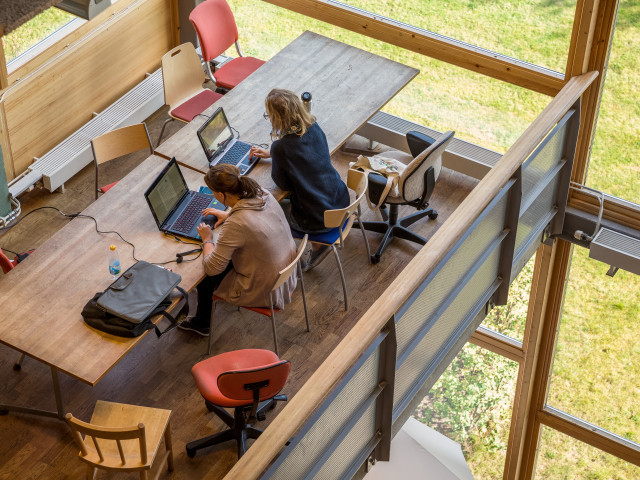The technical subjects at primary and upper-secondary school are characterised by multifaceted contents with elements of engineering, design and technology-related skills, the history of technology, and applied natural sciences. In the course, content from earlier courses and experiences from the placement are used to solve STEM*-related teaching and learning problems. The history and special character of the technology subject are included in the course, as are the subject's development processes as a teaching method, its exploratory working method in technology, and the interdisciplinary work on the basis of the technology.
LT2030 Teaching and Learning in Technology and Engineering, part 1 5.0 credits

Information per course offering
Course offerings are missing for current or upcoming semesters.
Course syllabus as PDF
Please note: all information from the Course syllabus is available on this page in an accessible format.
Course syllabus LT2030 (Spring 2019–)Content and learning outcomes
Course contents
Intended learning outcomes
Having passed the course the student is expected to be able to:
– account for common interpretations of the concept technology and apply them when school-related texts are discussed.
– describe the emergence and development of the technology subject in primary and upper-secondary school from a curriculum-theoretical, epistemological, and gender-oriented perspective.
– analyse differences and similarities regarding curriculum content, aims, and approach to knowledge between technology subjects taught at primary school and upper-secondary school.
– describe some of the ways to regard and classify technical knowledge, and apply this to planning and analysing teaching and assessment in primary and/or upper-secondary school.
– problematise product development projects as teaching methods in primary and/or upper-secondary school.
– plan, document, and evaluate the teaching and grading of a technical subject for either the upper-secondary school or grades 7-9.
discuss how different teaching and learning resources (including but not restricted to digital resources) can support pupils' learning in technology.
Literature and preparations
Specific prerequisites
Pass grade (minimum E or U) in the two courses listen on the Swedish course plan and Placement 1 (or equivalent knowledge).
Literature
Reading list is stated no later than three weeks before start of the course.
A considerable part of the reading list consists of research articles in English about teaching STEM (Science, Technology, Engineering and Mathematics) subjects.
Examination and completion
Grading scale
Examination
- SEM1 - Seminars etcetera, 1.5 credits, grading scale: P, F
- INL1 - Written Assignments, 3.5 credits, grading scale: A, B, C, D, E, FX, F
Based on recommendation from KTH’s coordinator for disabilities, the examiner will decide how to adapt an examination for students with documented disability.
The examiner may apply another examination format when re-examining individual students.
If the course is discontinued, students may request to be examined during the following two academic years.
Written assignments.
Active participation in seminars and other compulsory teaching.
Examiner
Ethical approach
- All members of a group are responsible for the group's work.
- In any assessment, every student shall honestly disclose any help received and sources used.
- In an oral assessment, every student shall be able to present and answer questions about the entire assignment and solution.